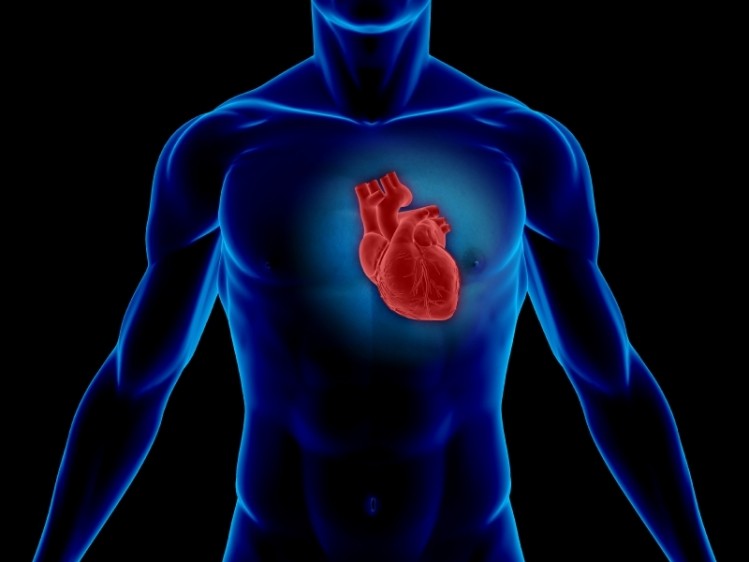Bioactive whey proteins show benefits for blood vessels: Glanbia study

Consumption of proprietary whey-derived bioactive peptides (NOP-47, Glanbia Nutritionals) resulted in an increase in flow-mediated dilation (FMD) of between 1 and 1.5%, report researchers from the University of Connecticut in the British Journal of Nutrition.
While the clinical significance of the results is uncertain, Dr Jeff Volek and his co-workers note that decreased FMD is reported to be a predictor of future adverse cardiovascular events, with every 1% decrease in FMD associated with a 12% increase in risk.
“Taking these findings into account, the transient changes in FMD seen in the present study would be viewed as significantly altering cardiovascular risk status and clinically relevant,” they said.
The same research team previously reported that NOP-47 may improve blood vessel function in healthy individuals, with the effects occurring via nitric oxide dependent and independent mechanisms (Nutrition Journal, 2009, 8:34).
Study details
Twenty-one volunteers with an average age of 55 and an average BMI of 27.8 participated in the study. The average FMD of the volunteers at the time of recruitment was 3.7%.
Participants were randomly assigned to consume a single 5 gram dose of NOP-47 or placebo, and cardiovascular responses were measured for two hours after ingestion.
Results showed that NOP-47 ingestion was associated with an increase in FMD to 4.6% after 30 minutes and to 5.1% after 2 hours, compared to increases to only 4.3% in the placebo group.
This result indicated that the peptides were rapidly absorbed and improved endothelium-dependent dilation in older adults, said the researchers.
Commenting on the potential mechanism, the researchers said that the changes were independent of circulating vasoactive compounds, like nitric oxide (NO), which did not change during the time of the experiments.
“Future investigation is warranted in individuals at an increased CVD risk to further elucidate potential health benefits and the underlying mechanisms of extracts derived from whey.”
Source: British Journal of Nutrition
Published online ahead of print, FirstView Articles, doi: http://dx.doi.org/10.1017/S0007114512002061
“Acute effects of ingestion of a novel whey-derived extract on vascular endothelial function in overweight, middle-aged men and women “
Authors: K.D. Ballard, B.R. Kupchak, B.M. Volk, E. Mah, et al.












